Watch ‘The Gospel of John’ (video link)
Great link for watching this tremendous film in bits….or the full-length feature in its original 3 hour block. Including one of the original article/interviews with Ian at the time (Fall, 2003).
The Gospel of John

At last, a Jesus for all faiths
The controversial Gospel of John has been filmed for the big screen – without offending Jewish opinion. Damian Thompson meets its star

Henry Ian Cusick: ‘When I came out of the trailer wearing a crown of thorns, the whole set went quiet’
Damian Thompson
12:01AM GMT 13 Nov 2003
When I last saw Jesus, he was showing the wounds of his crucifixion to his disciples. Now he is leaning across the counter of Starbucks, craning to read the menu. “I’ve got a bit of a stomach upset, so I’ll have a mineral water,” he says.
It’s a peculiar experience, meeting someone in a London coffee bar after you’ve watched him heal the crippled and rise from the dead. The beard is gone, the hair untangled, but it’s still unmistakably Him.
Henry Ian Cusick is the British star of The Gospel of John, a film of the fourth gospel that has just gone on release in America and Canada. It was made for a fraction of the cost of Mel Gibson’s forthcoming Passion of Christ, though, in the long run, it could attract bigger audiences. Visual Bible, a Toronto-based Christian company, commissioned this word-for-word dramatisation as an evangelistic tool. A similar exercise in the 1970s, a version of Luke’s gospel known as the Jesus film, has been seen by more people than any movie in history.
But here’s the remarkable part. While reports of Gibson’s Passion have deeply alarmed the Jewish community, The Gospel of John has been given a clean bill of health by the Jewish Anti-Defamation League. The film’s Canadian producer, Garth Drabinsky, is Jewish, as are many of the executives working on the project. Two Jewish scholars sat on its advisory board.
That is quite a feat of inter-faith diplomacy, given that John’s gospel – with its emphasis on the role of the religious authorities in Jesus’s death – has traditionally been a happy hunting ground for anti-Semites. Moreover, Visual Bible’s insistence on the full, uncorrupted text meant that there could be no excision of inconvenient verses. “If we left out so much as a preposition, they could sue us,” says Philip Saville, the film’s director, best known for Boys from the Black Stuff. Hence the choice of a stage actor to play Jesus. “We’re better at learning our lines than film actors,” explains Cusick. Not since Alec McCowen’s live recitation of Mark’s gospel has a performer had to acquire such word-perfect mastery of scripture. “It kept me in my trailer while the disciples were out having fun,” he says. “When I emerged, they would go, ‘Hey, JC, how are you doing today?’ I would have loved to hang out with them more, but there just wasn’t time.”
The outdoor scenes were shot in the scrubland of southern Spain. “Oh, man, walking those distances in sandals,” says Cusick. “The disciples and I kept leaning on each other, saying: ‘Bloody hell, this is uncomfortable.’ The stones got in right here.” He lifts a crocodile-skin boot to show me.
The extras were Spanish gypsies. “They would bow slightly when I walked past, as if I really was Christ,” recalls Cusick. “And on the day of the crucifixion, when I came out of the trailer wearing a crown of thorns, the whole set went quiet. It was eerie. The gypsies were saying, `Ay mi Jesús’, beating their breasts, and then they broke into song.”
Cusick could speak to the gypsies in Spanish because he’s half-Peruvian: with his Andean-high cheekbones, he looks like the Christ of South American folk art. He was born in Peru, raised in the West Indies and moved to Scotland when he was 15; his CV is dominated by his work for the Glasgow Citizens’ Theatre.
He was 33 during the filming: just the right age. His devoutly Catholic Peruvian mother is delighted by his new role. “Apparently, the Vatican is being asked to approve the film. My mother would be so thrilled if I could tell her the Pope had seen me play Jesus,” he says.
“The whole experience has rubbed off on me, too. It’s made me think more carefully about who Jesus was. I go to Mass more often, and when the priest reads from the Gospel of John, I find myself saying: I know every word of this.”
I ask for a demonstration, and he drops his voice so that the woman on the sofa next to us can’t hear. “You are the children of your father, the Devil,” he whispers, “and you want to follow your father’s desires. From the very beginning he was a murderer and has never been on the side of truth, because there is no truth in him.”
John 8:44. How interesting that Cusick should pick this particular verse. It’s one of the defining moments in the film, when we realise for the first time that this Jesus – that is, John’s Jesus, not the parable-telling mystic of the synoptic gospels – is engaged in a fight to the death with his fellow Jews.
Anti-Semitic interpretations of the fourth gospel portray it as Jesus versus the Jews. The Gospel of John sees it as a struggle between Jews. It employs the Good News Bible translation of the text, in which the 70-odd references to “the Jews” are rendered as “the Jewish authorities”. The film also manages to capture the Jewishness of the New Testament milieu – something missing from Hollywood’s versions of the story. In Saville’s hands, the marriage feast at Cana is as Jewish as a Brooklyn bar mitzvah; Mary doesn’t say “my son, the Messiah”, but you can see it in her eyes.
Such touches have earned the film the praise of critics from outside its intended Christian constituency. After a quiet opening in the American Bible Belt, it is now booked for release in New York, Los Angeles and Washington; negotiations for the British rights are under way. “You might imagine that people would think twice before volunteering to see a three-hour biblical epic, but it’s had an amazing reception. It’s what we call a sleeper,” says Saville.
Garth Drabinsky hopes the film will make the beliefs of Jews and Christians more comprehensible to each other. “The Bible can be so dangerous in the hands of people who want to skew its message,” he says. “This project puts the Gospel of John in its proper context. It’s not an anti-Semitic text, but the product of a Jewish world in transition.”
For Christian audiences, the most unsettling aspect of the film is likely to prove the character of Jesus. Catholics and Protestants alike are accustomed to an identikit Christ whose features have been pasted together from the accounts of all four evangelists. By excluding all the synoptic material, The Gospel of John highlights the fact that the Jesus of the fourth gospel is a different person from the Jesus of Matthew, Mark and Luke.
Cusick brilliantly conveys the strange charisma of the Johannine Christ. This smiling rabble-rouser is self-confident and talkative; he knows he is “the way, the truth and the light”. But these claims raise a thorny question. If Jesus said those things, how come the authors of the synoptic gospels failed to report them? The scholarly consensus is that the passionate soliloquies of John were put into Christ’s mouth by the early Church. It doesn’t make them any less powerful.
“I had to revise my own ideas about Jesus when I read the text,” says Cusick. “I couldn’t play it like Robert Powell, all gentle and soothing. This Jesus can work up a crowd. He tells people: `If you don’t follow me you won’t go to heaven.’ I didn’t want to say that, but I had no choice.”
Cusick is still queasy, and he asks if we can go outside to take the pictures. In Soho Square, I suggest he might like to adopt a Christ-like posture for effect. “Well, I could,” he says, “but don’t you think it would be taking the mickey?” He’s right.
But then, as the photographer is packing away his equipment, he grins, and says: “Oh, all right.” And he raises his arms to embrace the whole world.


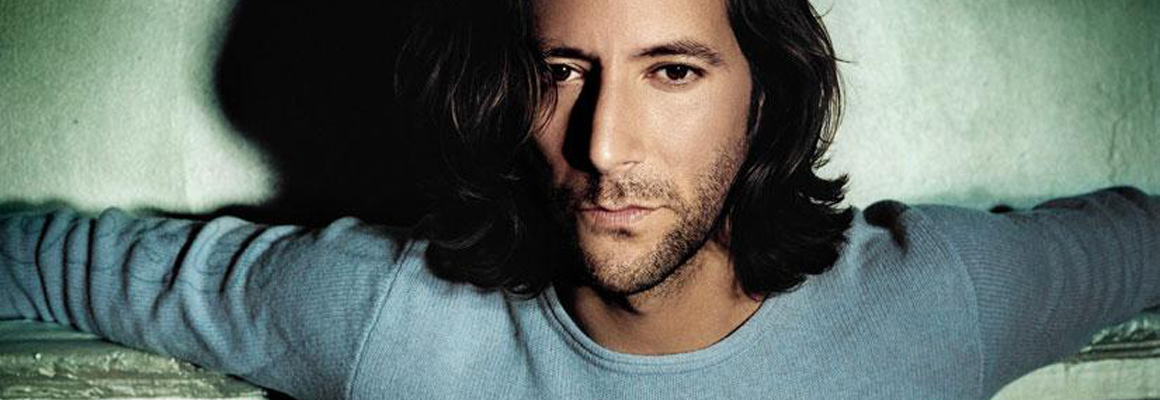
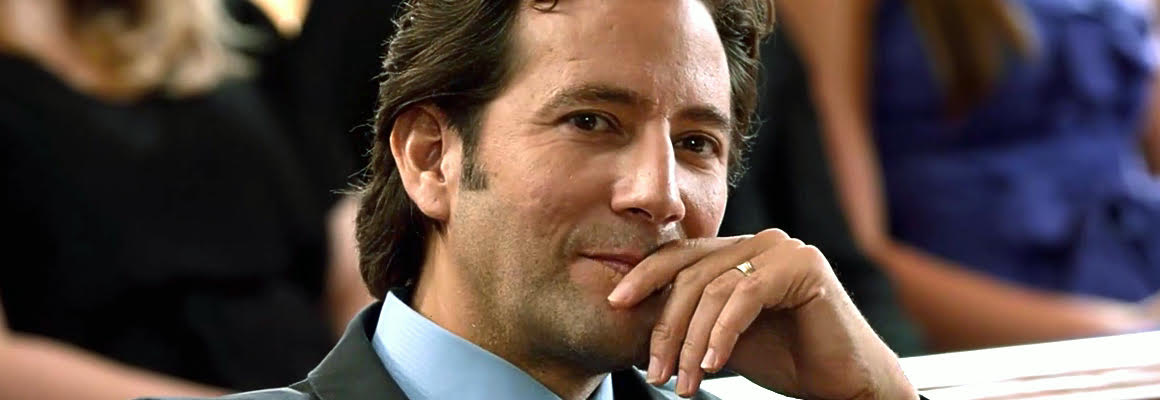
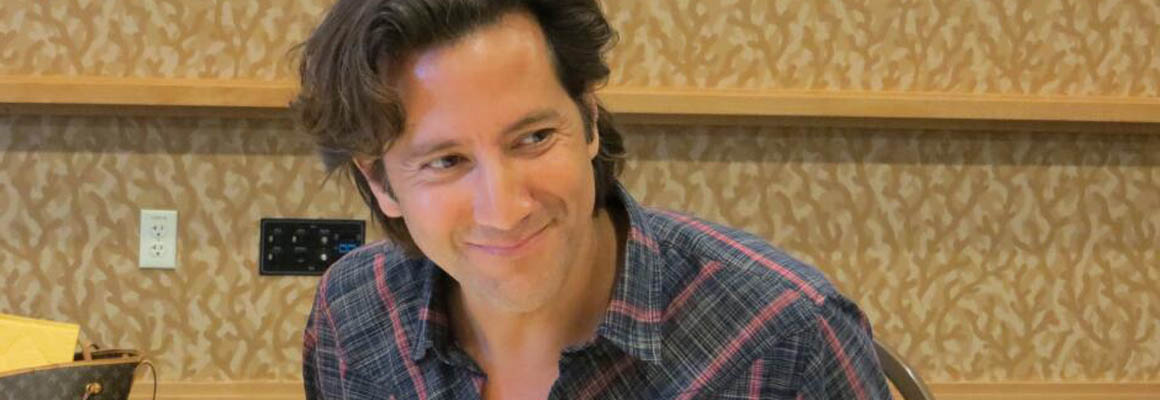

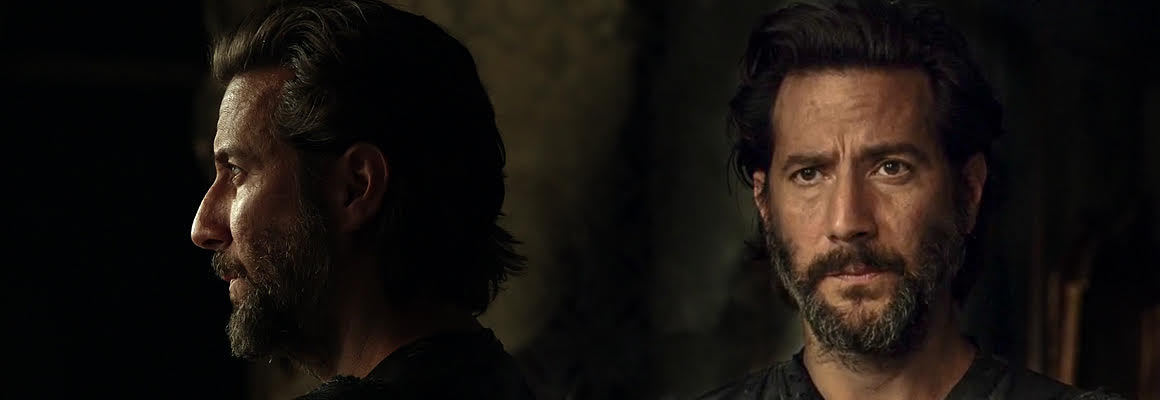
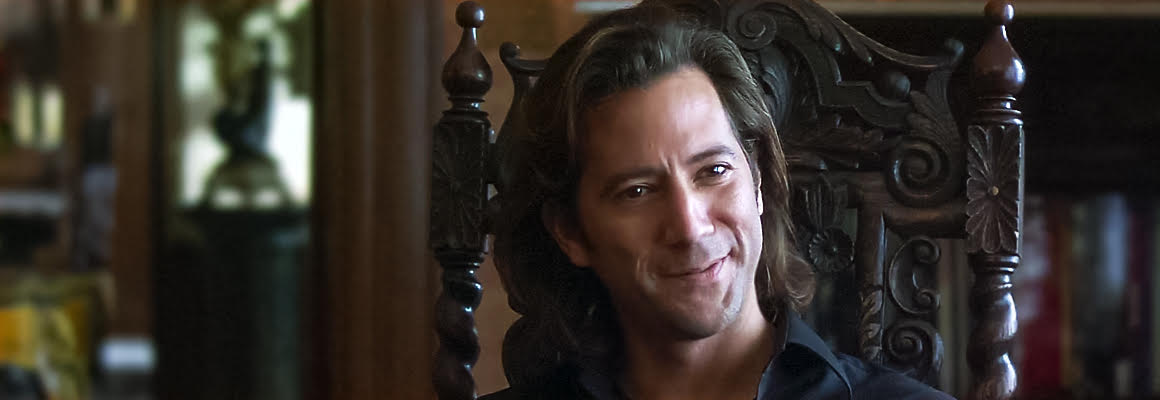
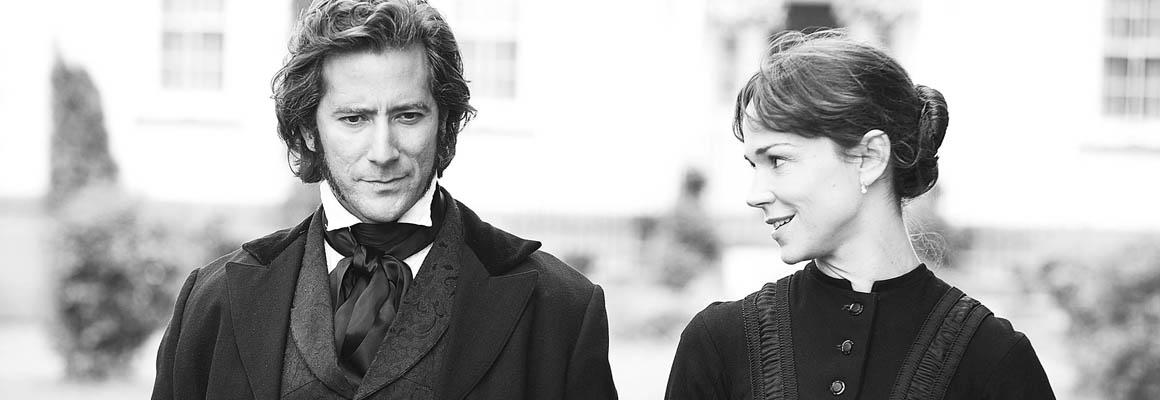
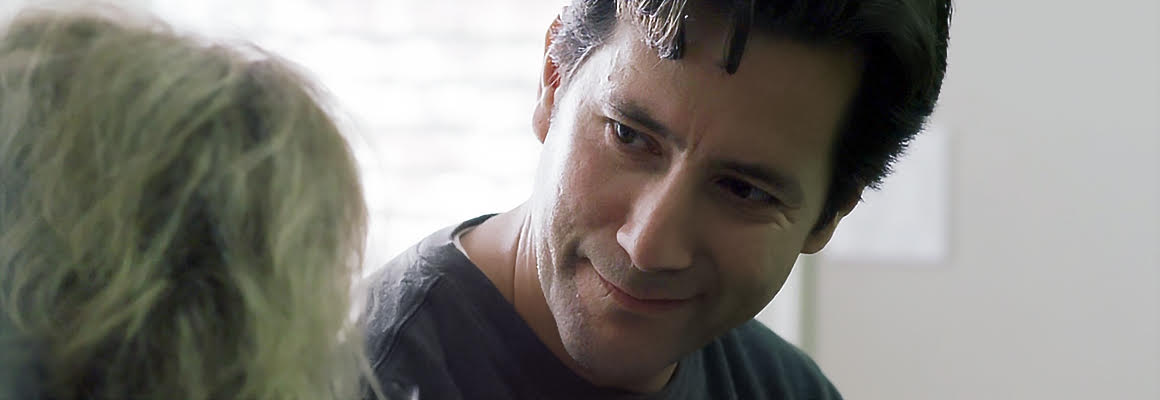
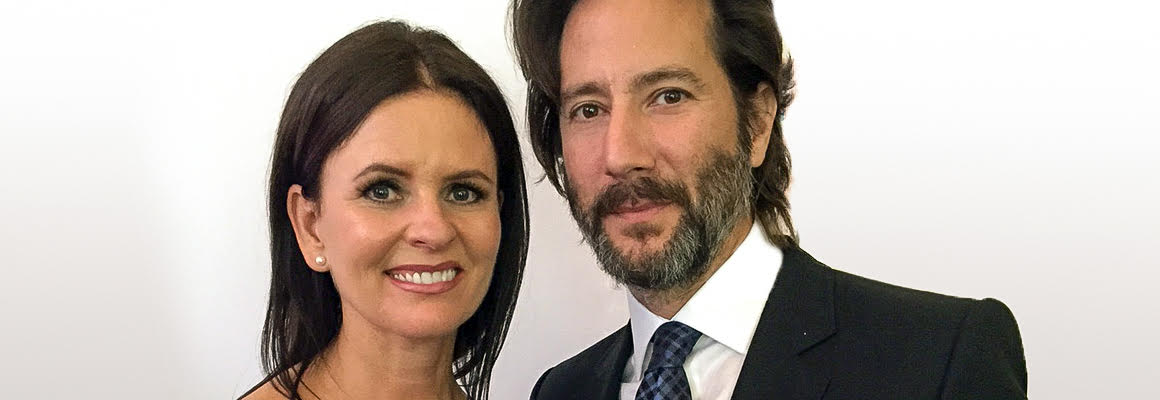
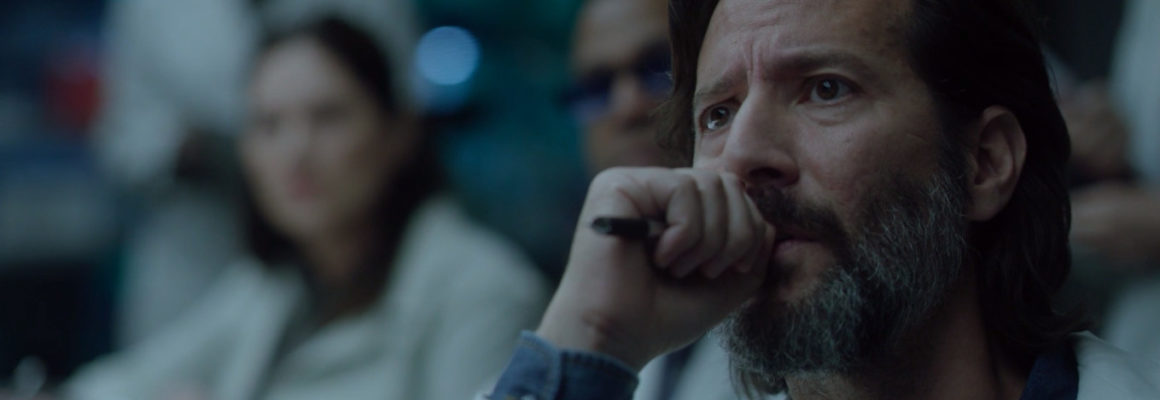
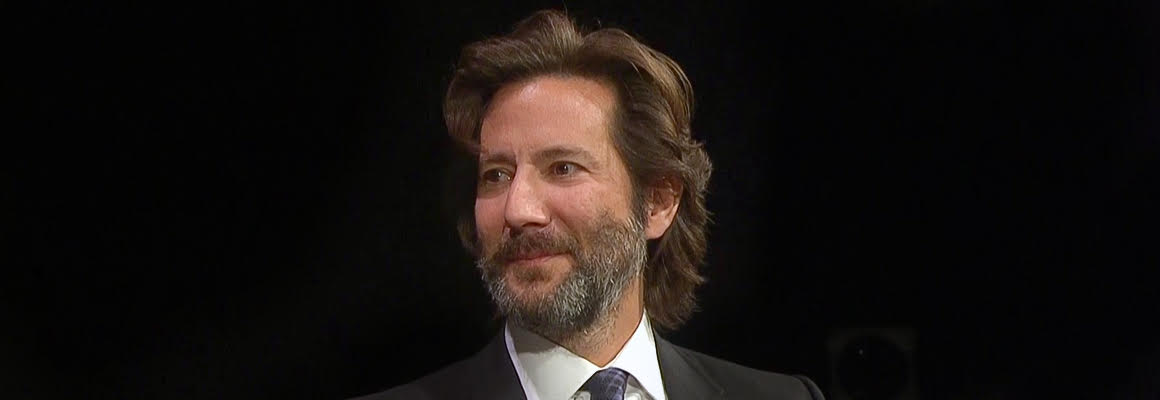
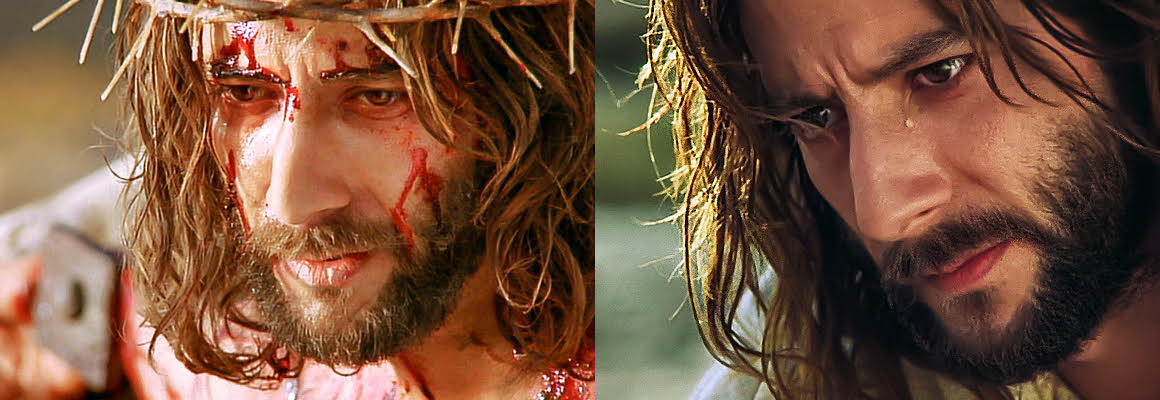
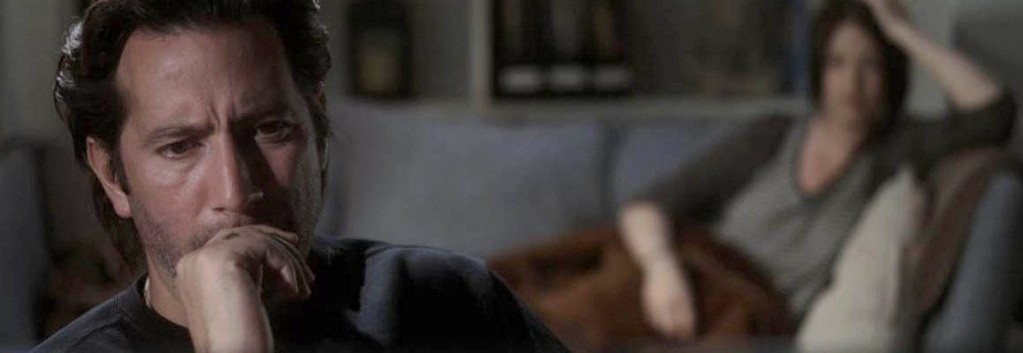
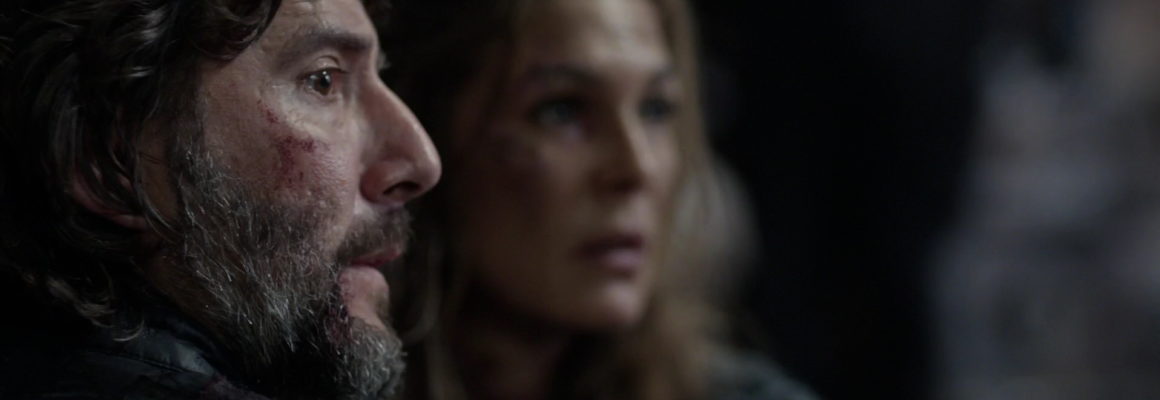
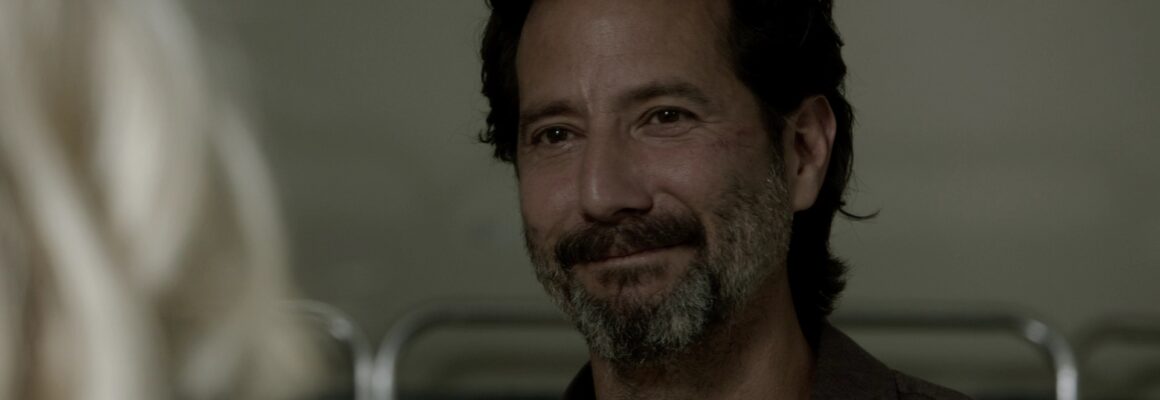
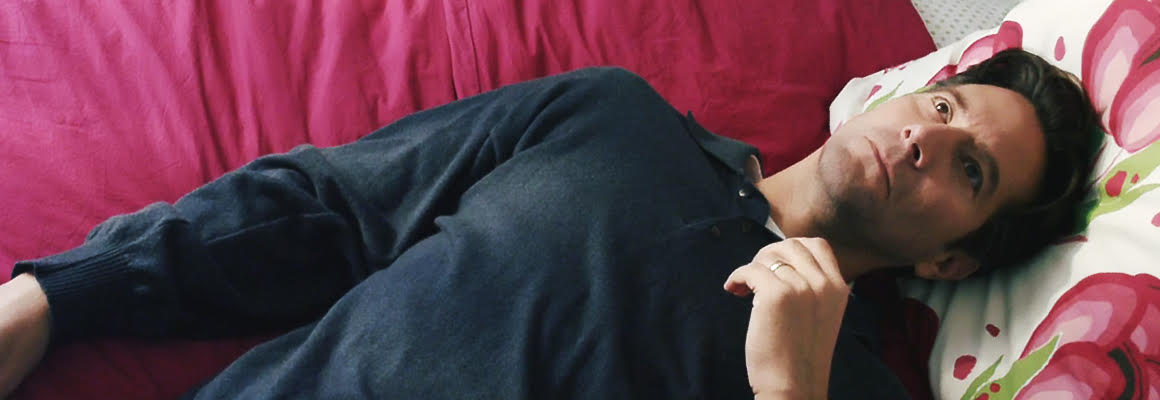
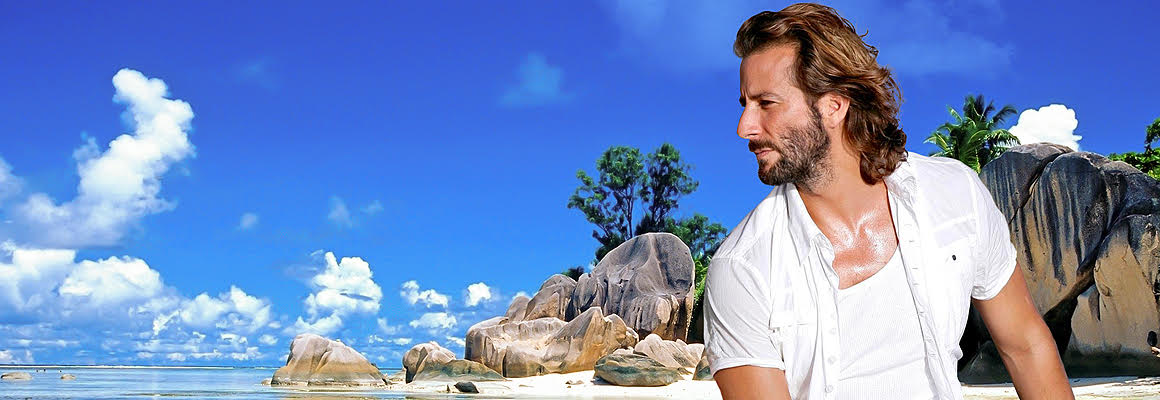
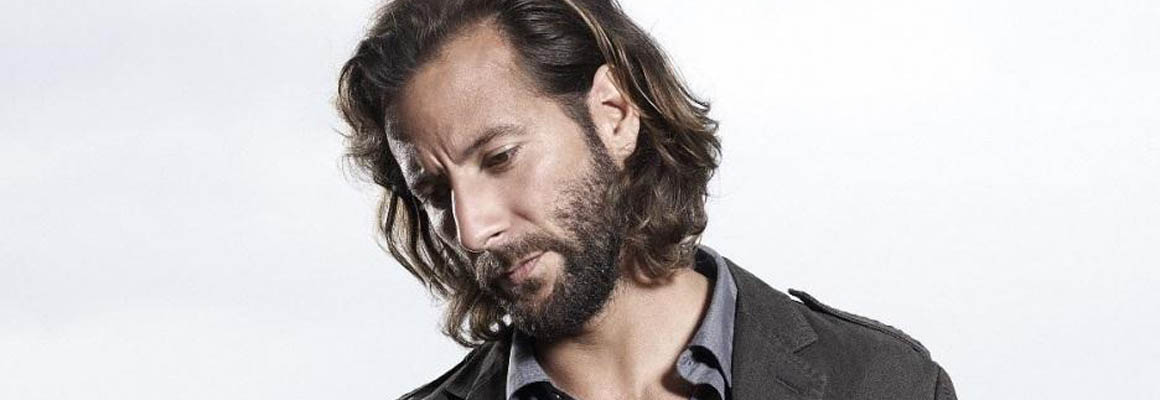
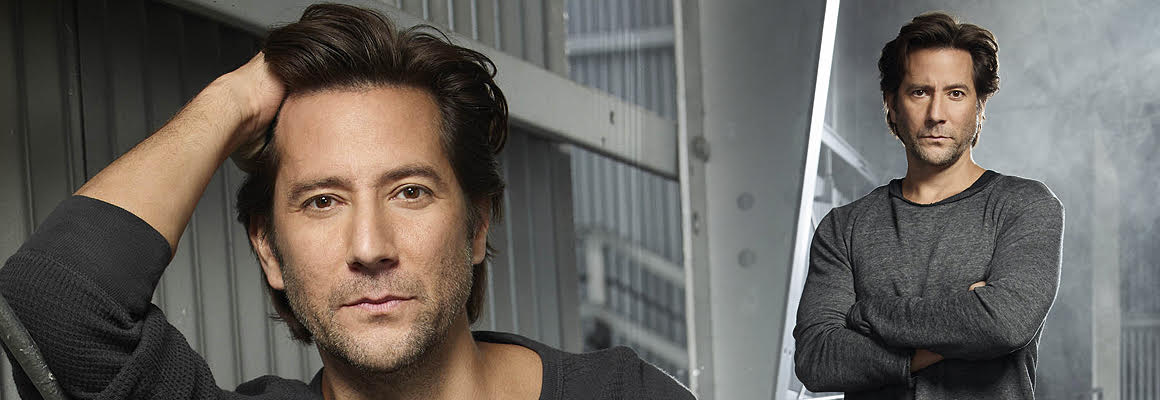
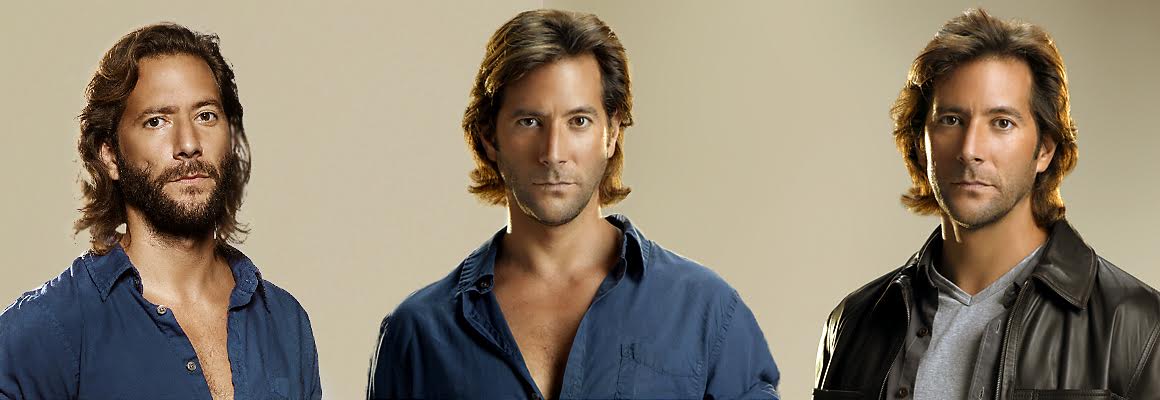
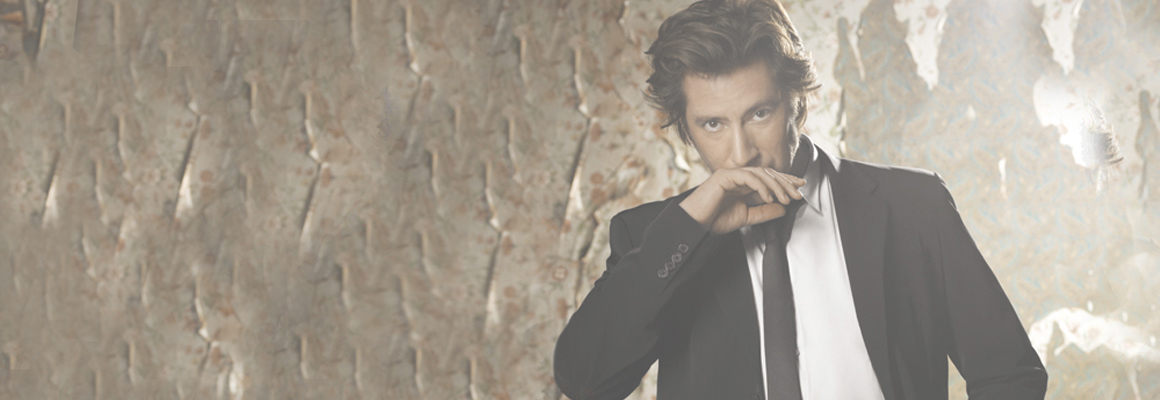
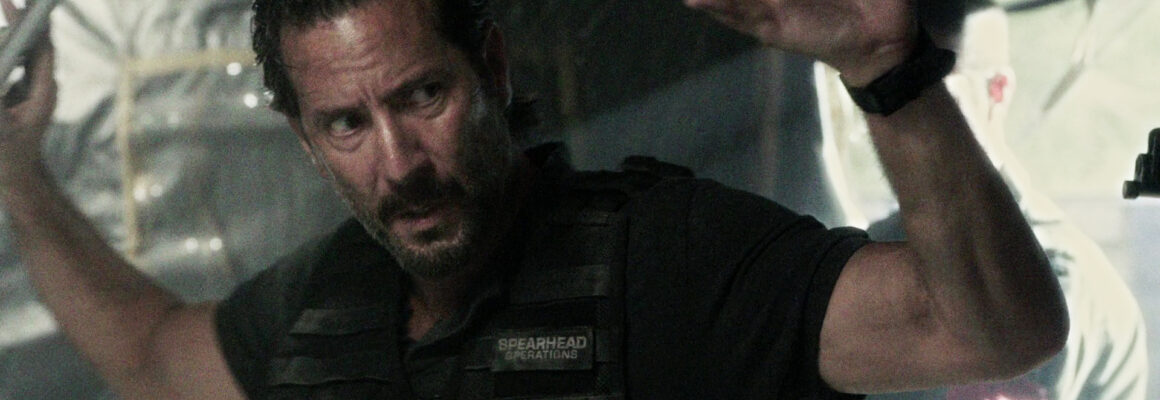
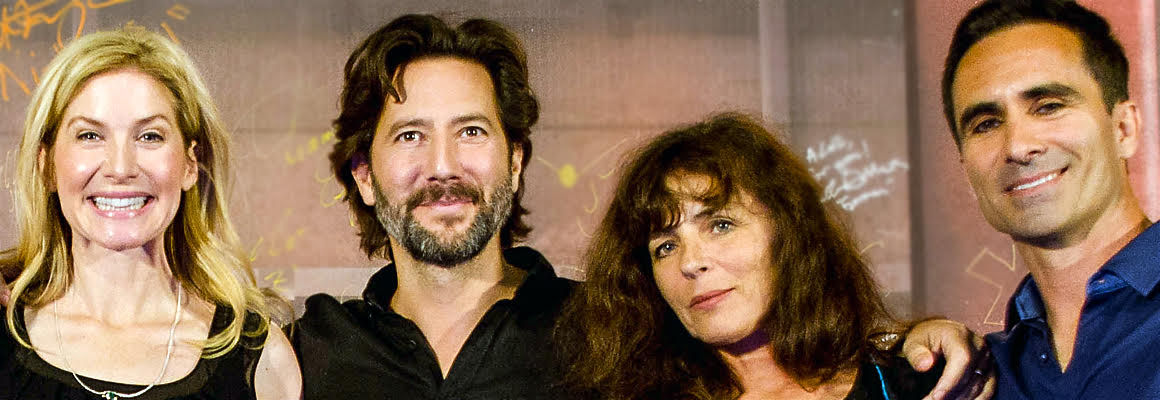
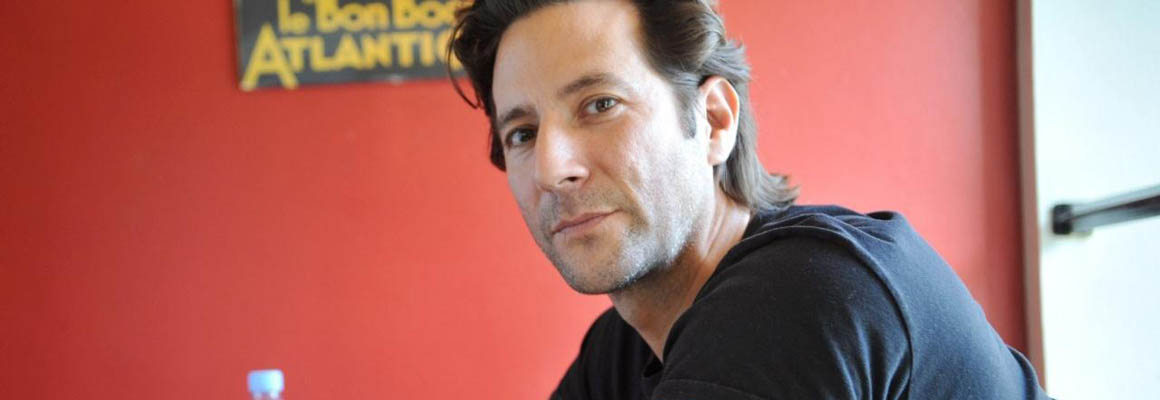
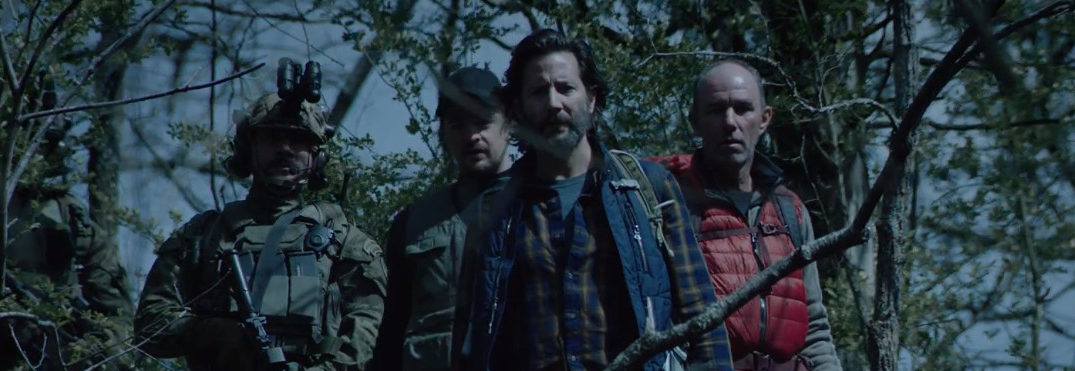
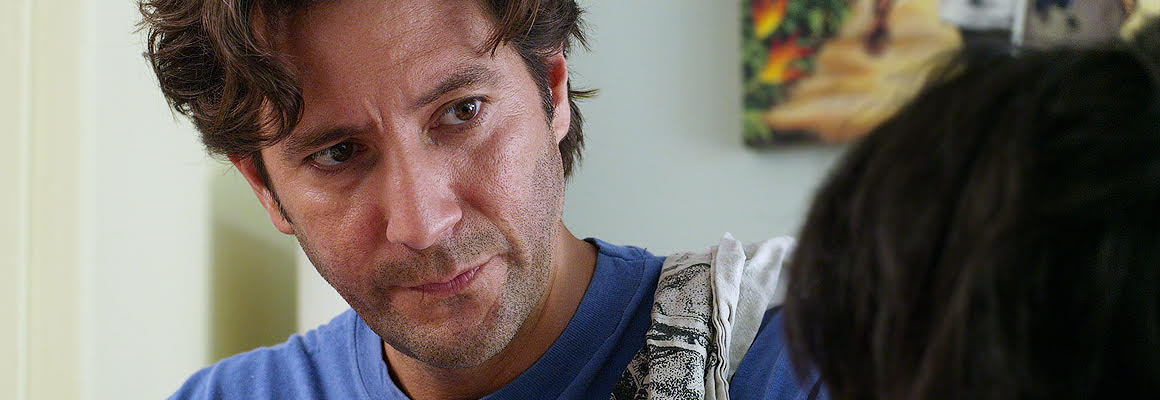
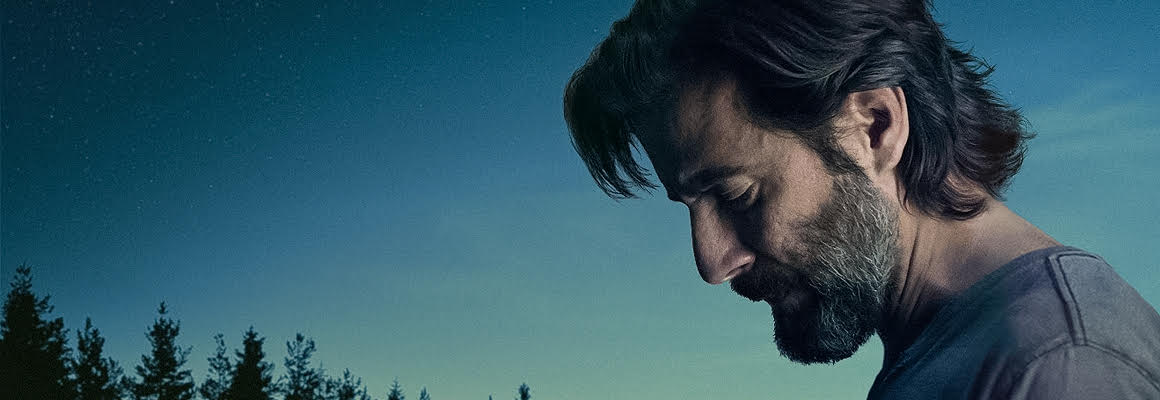
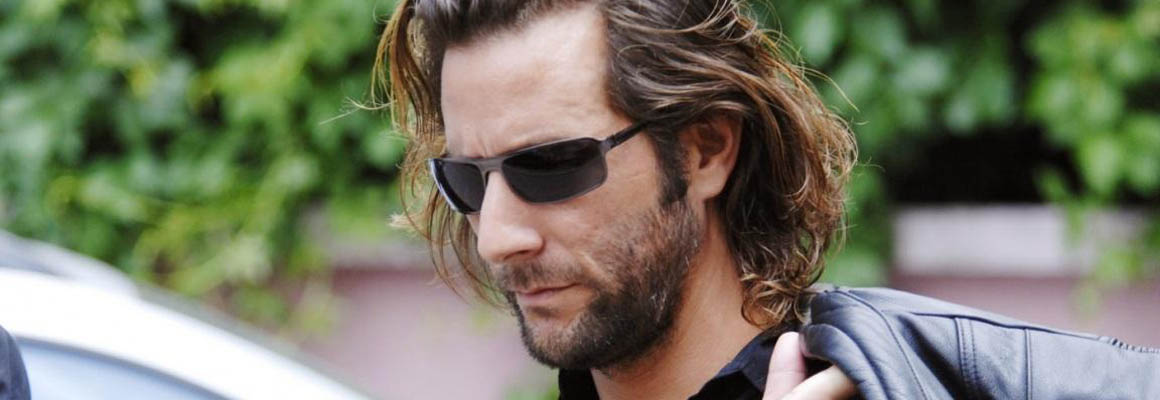
![[1198657408]a MacGyver](https://www.cusickgallery.net/wp-content/uploads/2021/07/1198657408a-MacGyver-e1627604023448-1160x400.jpg)
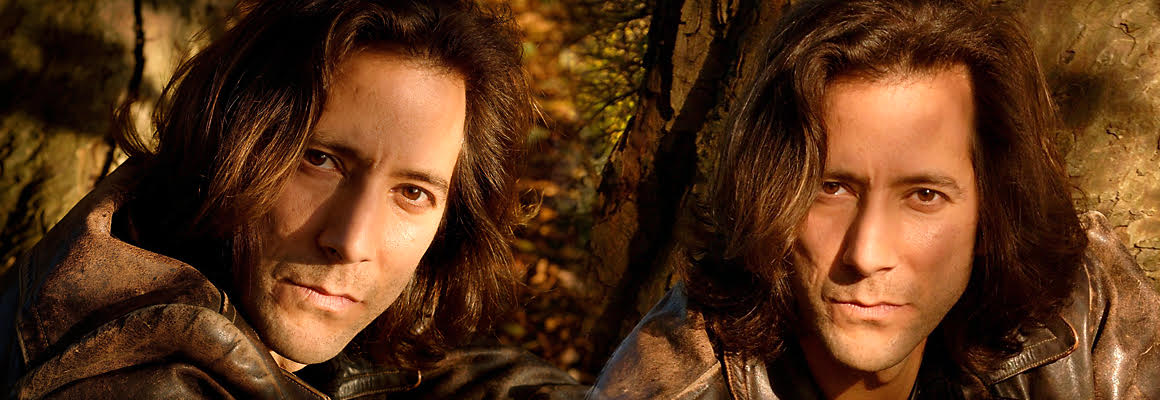
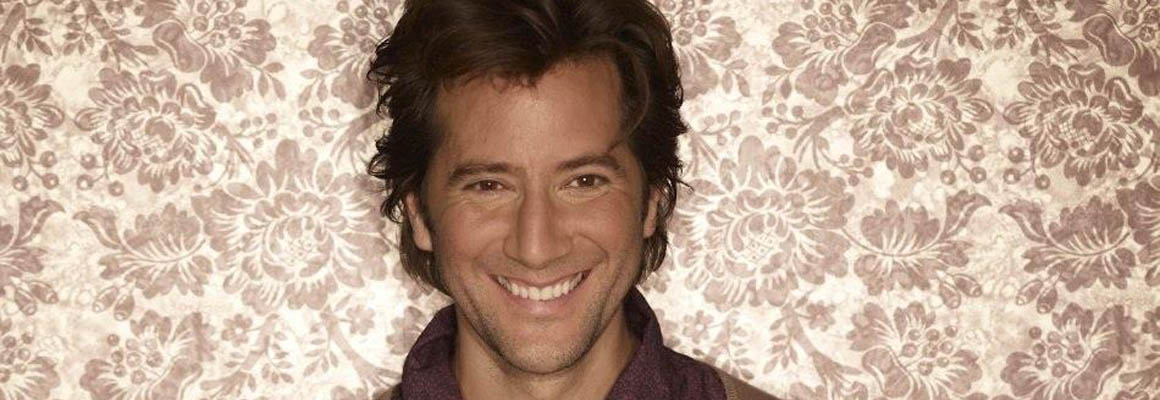
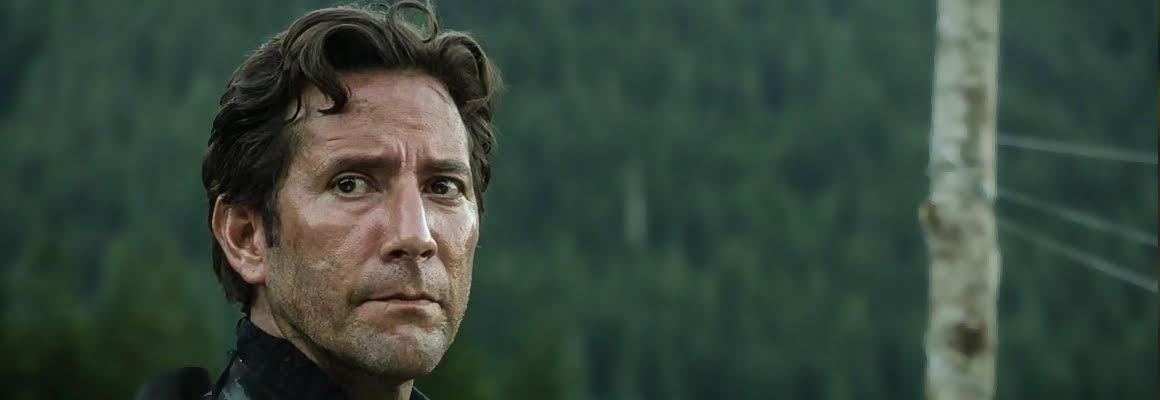
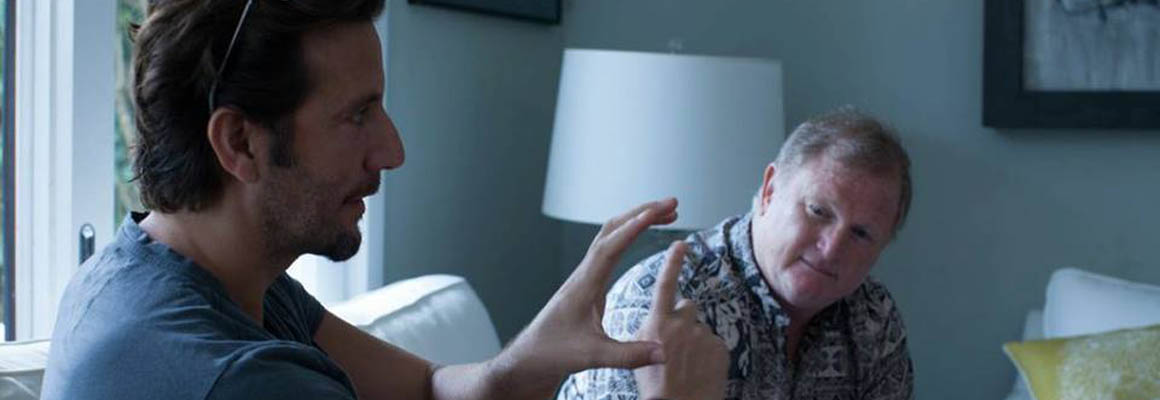
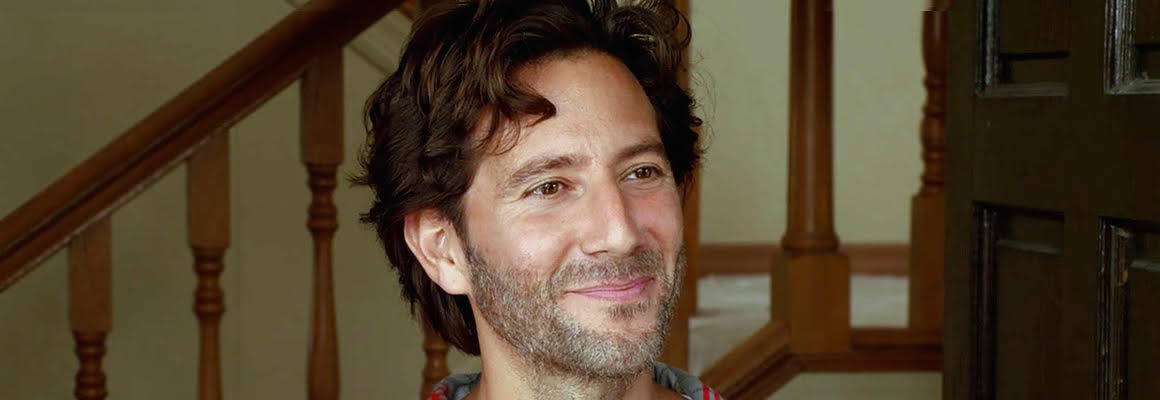
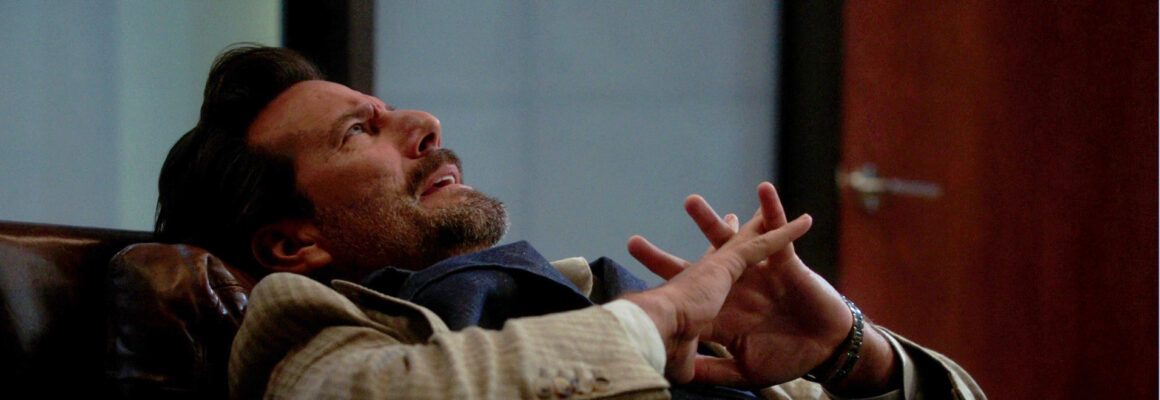


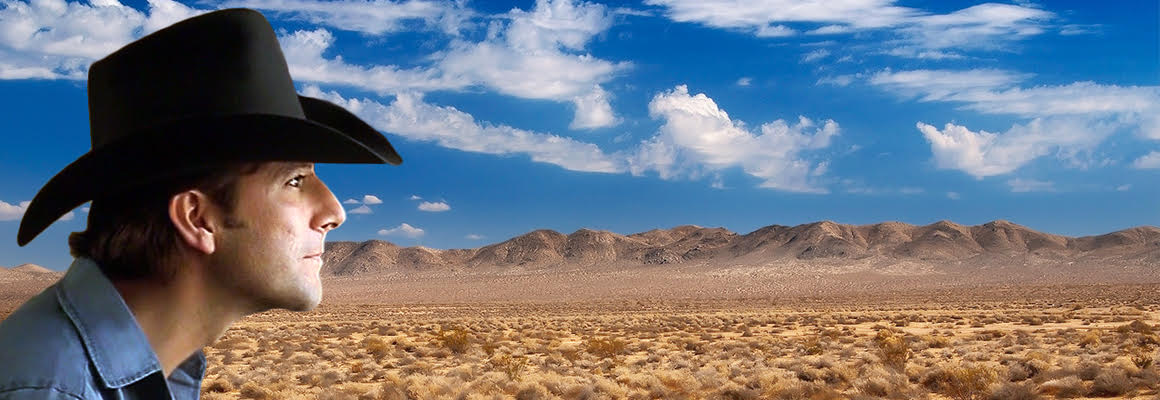
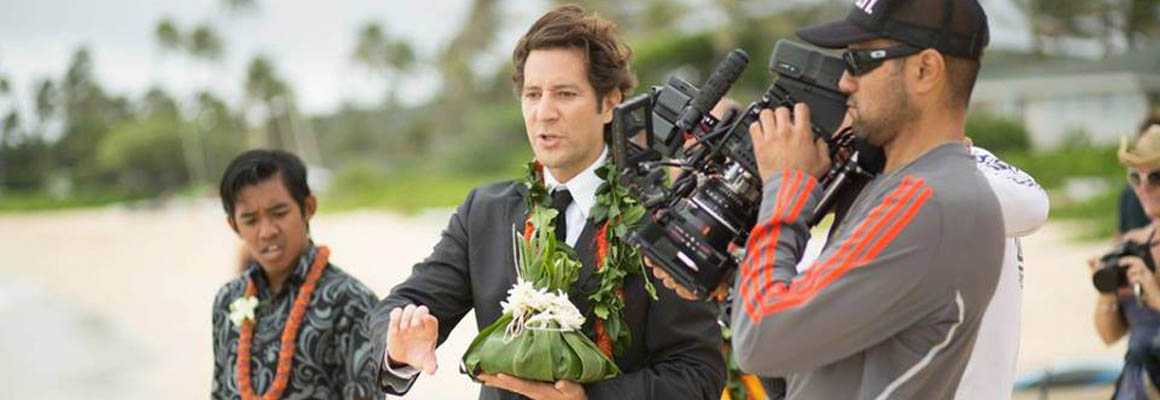
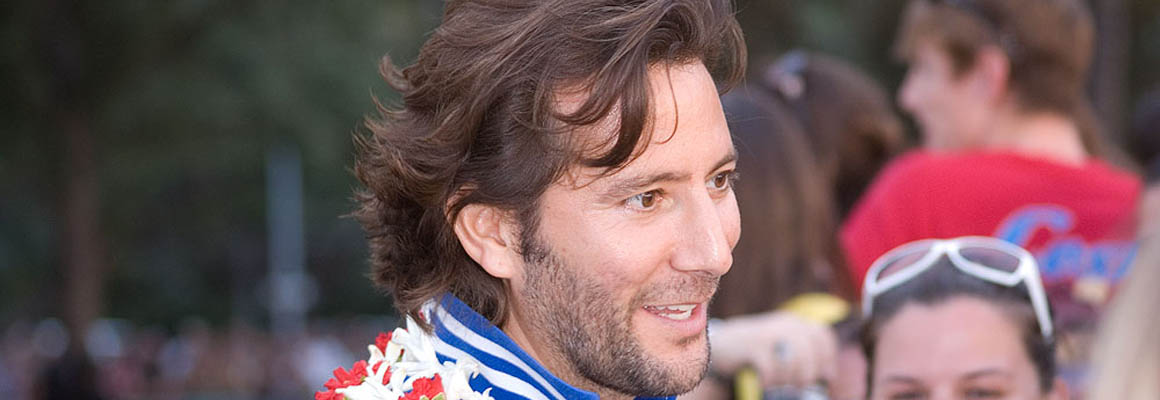
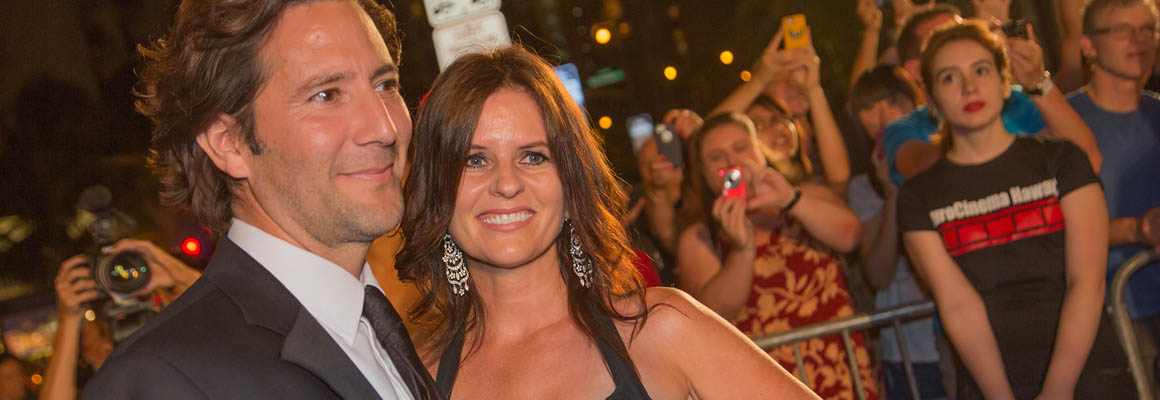
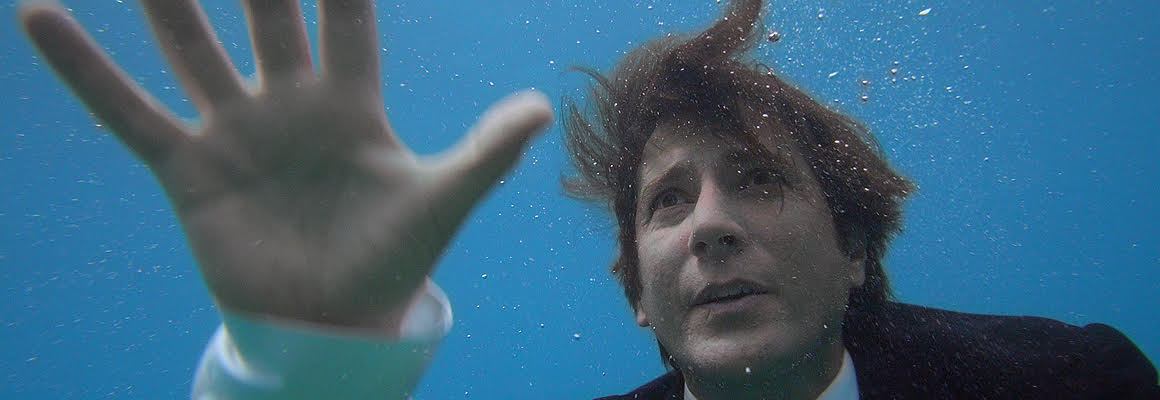
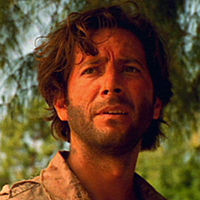 Awaken Film
Awaken Film Henry Ian Cusick – Facebook
Henry Ian Cusick – Facebook Henry Ian Cusick – Vimeo
Henry Ian Cusick – Vimeo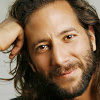 Henry Ian Cusick – YouTube
Henry Ian Cusick – YouTube Henry Ian Cusick Official Site
Henry Ian Cusick Official Site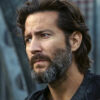 Henry Ian Cusick SoundCloud
Henry Ian Cusick SoundCloud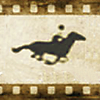 Henry Joe Productions
Henry Joe Productions Birthday Edition
Birthday Edition 1 Million Followers
1 Million Followers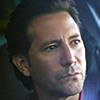 10.0 Earthquake
10.0 Earthquake After the Rain
After the Rain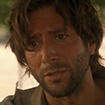 Awaken
Awaken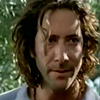 Carla
Carla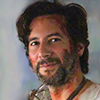 Chimera
Chimera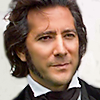 Darwin's Darkest Hour
Darwin's Darkest Hour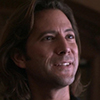 Dead Like Me:Life After Death
Dead Like Me:Life After Death dress (directoral debut)
dress (directoral debut) Fluxx
Fluxx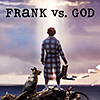 Frank vs. God
Frank vs. God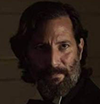 Hae Hawai'i
Hae Hawai'i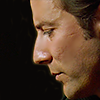 Half Light
Half Light Hitman
Hitman Jamojaya
Jamojaya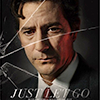 Just Let Go
Just Let Go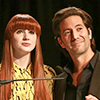 Not Another Happy Ending
Not Another Happy Ending Pali Road
Pali Road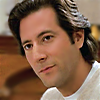 Perfect Romance – Lifetime
Perfect Romance – Lifetime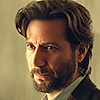 Rememory
Rememory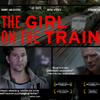 The Girl on the Train
The Girl on the Train The Gospel of John
The Gospel of John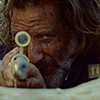 The Wind & The Reckoning
The Wind & The Reckoning Visible
Visible Theatre Gallery
Theatre Gallery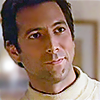 Adventure Inc.
Adventure Inc. Casualty
Casualty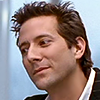 Happiness
Happiness Midsomer Murders
Midsomer Murders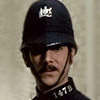 Murder Rooms
Murder Rooms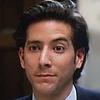 Taggart
Taggart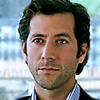 The Book Group
The Book Group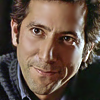 Two Thousand Acres of Sky
Two Thousand Acres of Sky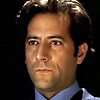 Waking the Dead
Waking the Dead 24 – Fox
24 – Fox 911: Lone Star
911: Lone Star Big Sky – ABC
Big Sky – ABC Body of Proof – ABC
Body of Proof – ABC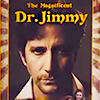 CSI: Las Vegas – CBS
CSI: Las Vegas – CBS Fringe – Fox
Fringe – Fox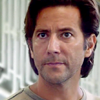 Hawaii Five-O – CBS
Hawaii Five-O – CBS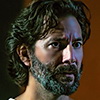 Inhumans – ABC
Inhumans – ABC Law and Order: SVU – NBC
Law and Order: SVU – NBC Lost – ABC
Lost – ABC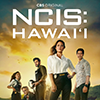 NCIS: Hawai'i – CBS
NCIS: Hawai'i – CBS Scandal – ABC
Scandal – ABC The 100 – The CW
The 100 – The CW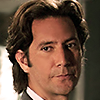 The Mentalist – CBS
The Mentalist – CBS The Passage – Fox
The Passage – Fox HTY – The HI Way Series
HTY – The HI Way Series JamBios
JamBios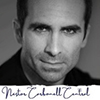 Nestor Carbonell Central
Nestor Carbonell Central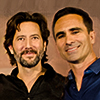 Petition – Carlton Cuse – Please Make A Show For Team Caliente (Henry Ian Cusick and Nestor Carbonell)
Petition – Carlton Cuse – Please Make A Show For Team Caliente (Henry Ian Cusick and Nestor Carbonell) Cusick On Screen – Instagram
Cusick On Screen – Instagram CusickChick's Tumblr
CusickChick's Tumblr Henry Ian Cusick – IMDb
Henry Ian Cusick – IMDb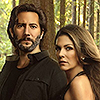 Shannon's Tumblr
Shannon's Tumblr Yatanis Tumblr
Yatanis Tumblr CusickGallery Facebook
CusickGallery Facebook CusickGallery Instagram
CusickGallery Instagram CusickGallery Pinterest
CusickGallery Pinterest CusickGallery Tumblr
CusickGallery Tumblr CusickGallery Twitter
CusickGallery Twitter CusickGallery YouTube
CusickGallery YouTube Des & Pen Fanpop spot
Des & Pen Fanpop spot Desmond Hume Fanpop spot
Desmond Hume Fanpop spot FanForum – Henry Ian Cusick
FanForum – Henry Ian Cusick FanForum – Marcus Kane
FanForum – Marcus Kane HIC Fanpop spot
HIC Fanpop spot Kane & Abby Fanpop site
Kane & Abby Fanpop site Lost Screencaps site
Lost Screencaps site